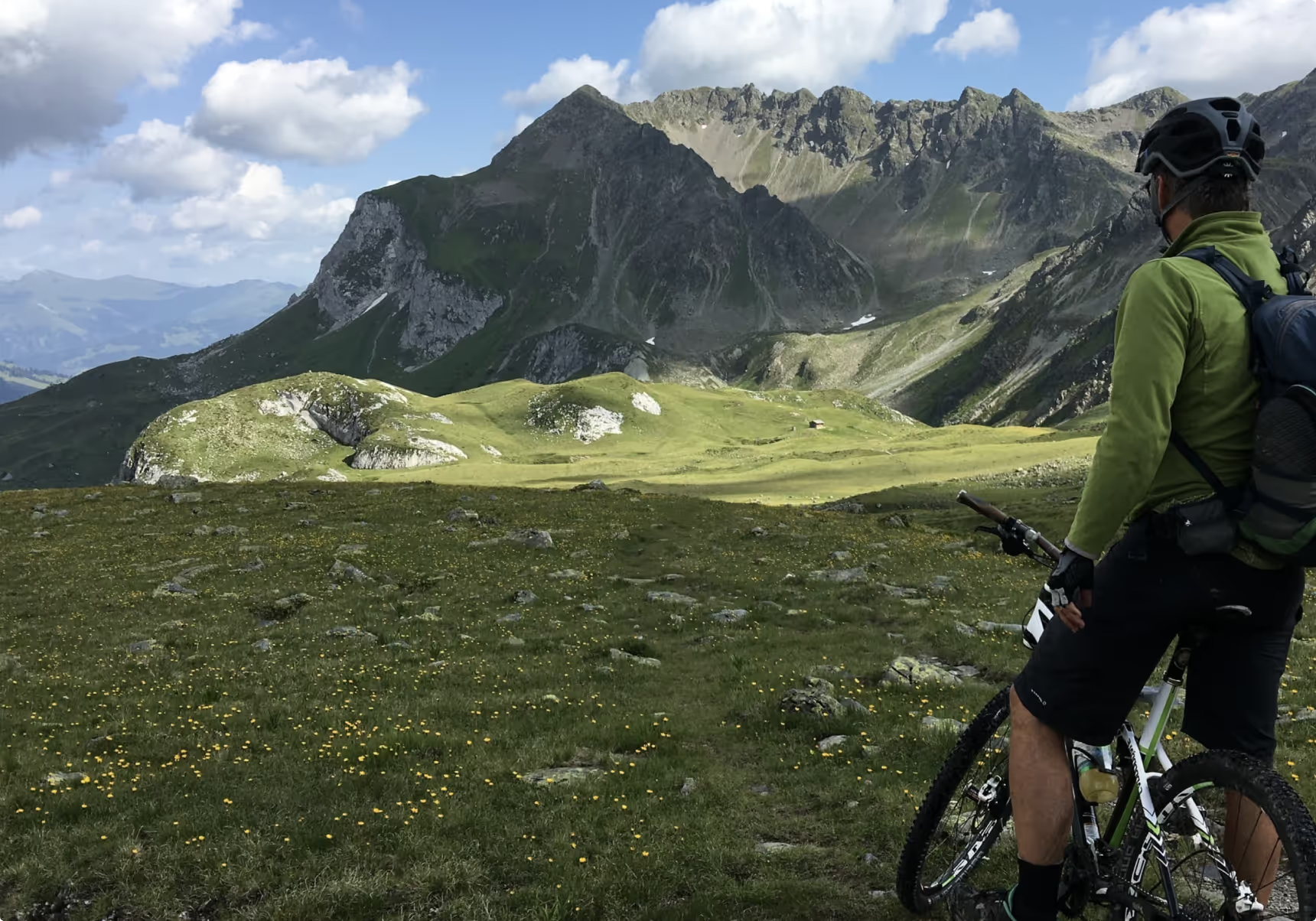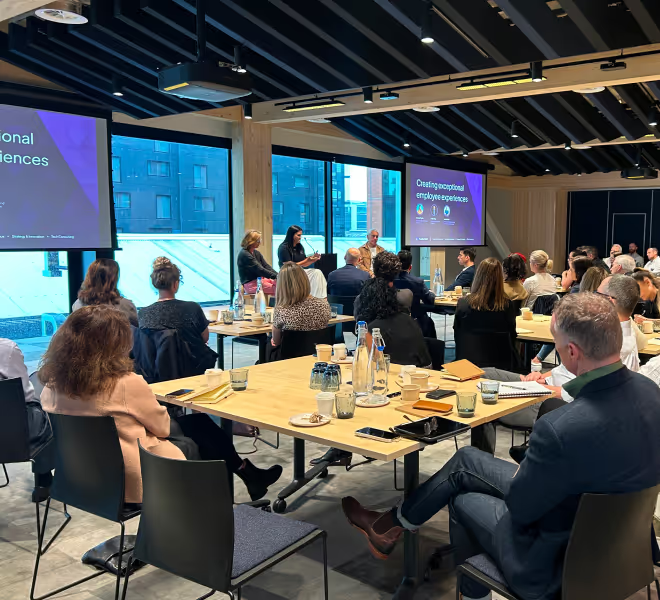Following on from our first article we thought we’d test the waters with something a bit more academic, but which has significant practical applications – welcome to the world of user types.
User types are a strategic tool based upon the behavioural segmentation of customers that support decision making throughout the product lifecycle. They are a lean representation focused on communicating observed behaviours, opportunities, pain-points and frequent scenarios in which users find themselves. User types differ from traditional personas in that the segmentation criteria aren’t demographic and don’t personify a group into a single character while embellishing them with a fictitious background story.
The foundation of user types is a set of behavioural continuums that users are mapped against. Generally speaking, these continuums are defined as a result of user research, however, it is possible to create them assumptively, but you’ll need to validate them sooner rather than later.
When we start this process there are lots of continuums to explore and the key is to narrow them down to two continuums onto which you can create a matrix and easily map the users you have interviewed.
Tip: explore lots of matrices with different continuums as the first, most obvious matrix will not necessarily be the most useful for your project or product.
To demonstrate how continuums work let's create a set of user types for a fictitious mountain bike park. In our example, we’re going to introduce two continuums. The first one relates to the technical proficiency of riders, resulting in a continuum with ‘novice’ on the left and ‘expert’ on the right:

Our second continuum relates to the underlying motivation for mountain biking – on the left we have ‘fun’ and on the right we have ‘competition’:

When we overlay these continuums we define our user type matrix:

Each observed user type occupies a different quadrant of our matrix and each has different characteristics. If we take a deeper look at our Dabblers we can theorise that their key characteristics are that they have poor technical skills, are risk-averse, only use areas of the bike park with which they are familiar and experience frequent gear failure. By identifying these characteristics we can create new products, services and experiences to meet their needs.
The beauty of customer types is that we can begin to develop strategies and experiences that support the desired migration of one customer type to another. In our matrix it is in the best interests of the bike park and the sport in general for us to migrate Dabblers from ‘novice’ to ‘expert’, essentially converting them from Dabblers to Weekend Warriors.
There should be sound strategic reasons for you to support this migration. In our example, Dabblers may experience a high injury rate because their technical proficiency is low. It makes sense to offer resources and experiences that improve their proficiency, resulting in reduced injury rates and increased bike park attendance.
Hopefully our mountain bike example, although fictitious, gives you enough practical insight to help you start creating your own user types. It's also worth noting that we have extended this approach of identifying continuums and matrices to successfully classify all sorts of different things such as airports, entertainment viewing habits, interactions and support services.
Ultimately for us, any aggregation of users, behaviours, environments, etc., is only useful if it supports better decision making and leads to delivered outcomes. So that’s it – user types 101. We hope you found our ruminations useful and get the opportunity to explore this concept in the real world sometime soon.






